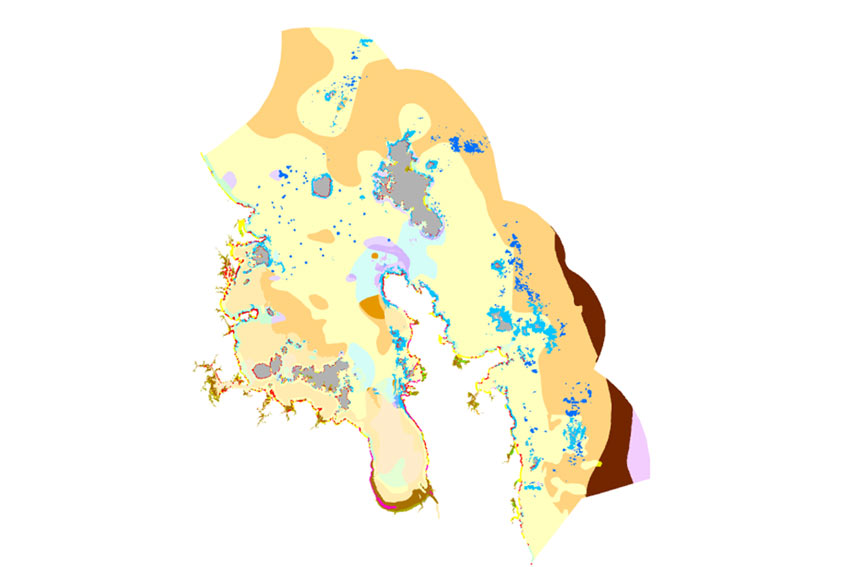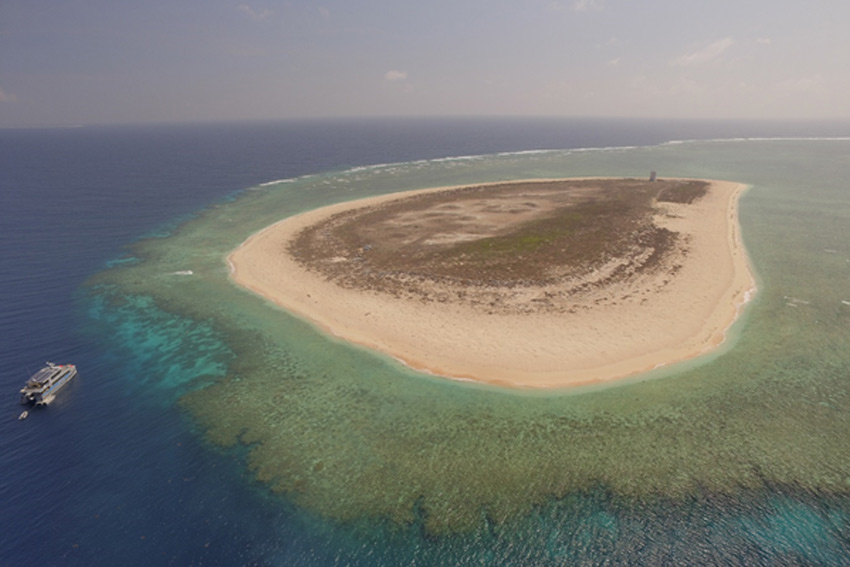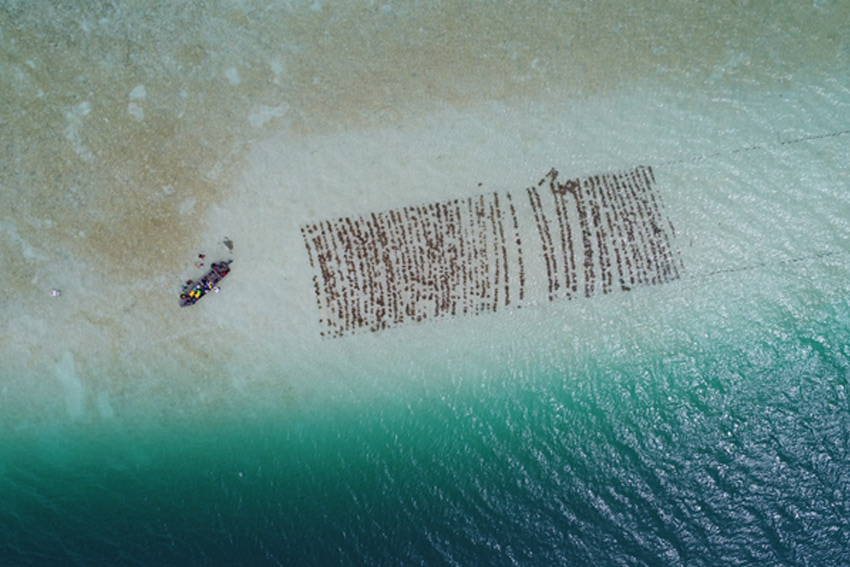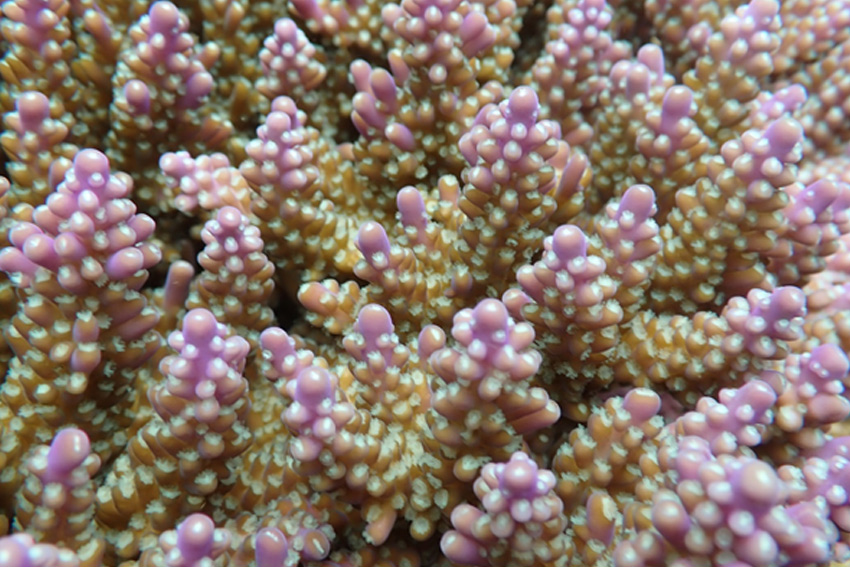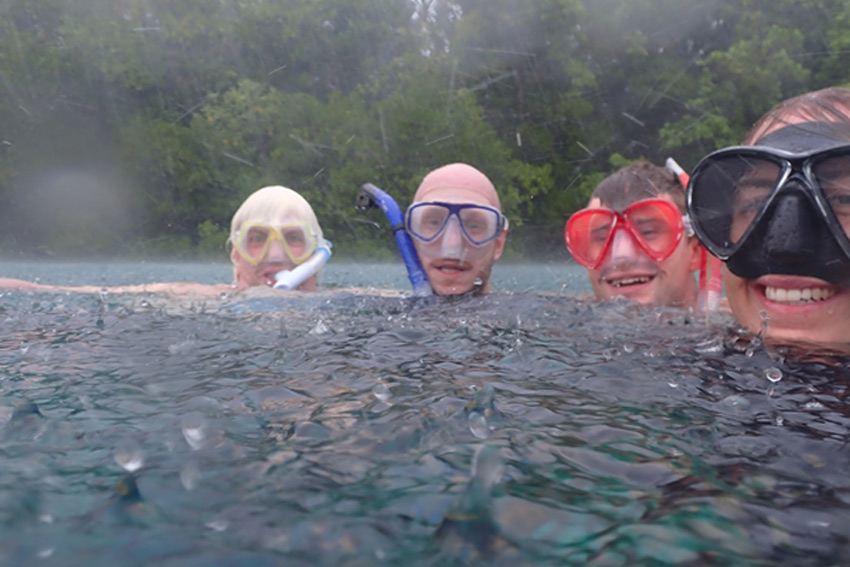Systematic conservation planning
Systematic conservation planning links spatial information on habitats, wildlife and human activities with managers, stakeholders and communities using advanced technologies in geographic information systems, remote sensing and artificial intelligence.
Research projects
Current research includes:
- Modelling options for marine conservation in New Zealand
- Monitoring island morphology, vegetation and marine life
- Identifying opportunities and challenges for aquaculture and other blue economies
- Mapping changes in coastal ecosystems from development, forestry, climate change and restoration
Recent research projects included spatially modelling for:
- Marine conservation in New Zealand
- Monitoring the morphology, vegetation and seabirds of coral reef islands
- Mapping marine habitats using unmanned aerial vehicles (drones)
- Spatial planning and information systems for aquaculture and other blue economies
- Mapping changes in ecosystems from development, forestry and climate change
